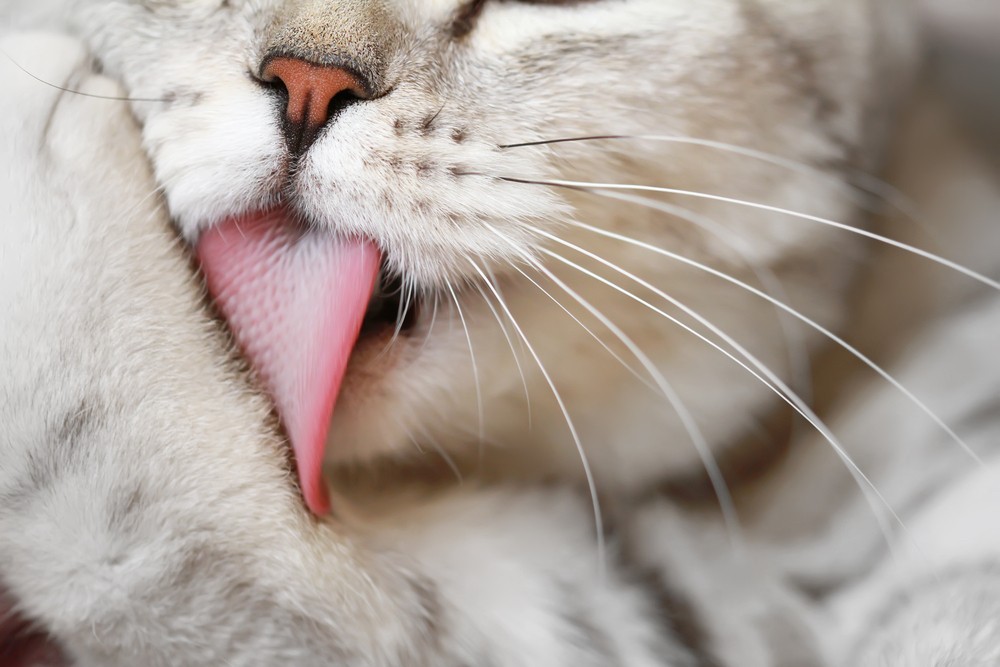Popular Reads
Top Results
Can't find what you're looking for?
View all search resultsPopular Reads
Top Results
Can't find what you're looking for?
View all search resultsLick away: The science behind cats' self-grooming
Cats spend about one quarter of their lives cleaning themselves. They spend about 14 hours a day sleeping.
Change text size
Gift Premium Articles
to Anyone
U
S researchers, armed with high-speed video cameras, have revealed the secret to cat grooming. It's all in the tongue. Just not the way they thought.
A cat's tongue contains 300 little scoop-shaped spines called filiform papillae which they moisten with saliva to clean their fur, said the report Monday in the Proceedings of the National Academy of Sciences, a peer-reviewed journal.
Until now, the scientific consensus on the matter was that these papillae were cone-shaped, almost like little claws.
But in reality, these structures, made of keratin, end in U-shaped hollows at the tips, wicking saliva from the mouth and transferring it to the fur and skin.
"It looks just like a half pipe," said co-author Alexis Noel, a researcher at the Georgia Tech Research Institute.
"It's very much like a coffee straw when we stick a straw into fluid, the water actually wicks up into this little cavity surface. So when the cat goes to groom, it's able to take these fluids into the spines and penetrate them deep into the hairs and be able to distribute their cleaning saliva throughout all of the hairs," Noel, whose background is in mechanical engineering, told AFP.
Read also: Pet cats good for physical, mental health, studies show
Cats spend about one quarter of their lives cleaning themselves. They spend about 14 hours a day sleeping.
Maintaining their fur helps remove fleas, debris and excess heat. Cat fur consists of an exterior layer for protection and an interior one for warmth.
Six different types of felines were studied, including domestic cats, tigers and lions.
Researchers also dissected the tongues of dead cats, and filmed in high speed video the tongues of domestic cats in action.
Researchers say practical applications could include futuristic human hairbrushes modeled after the feline tongue.
There could also be industrial uses.
"This could be really helpful for carpet cleaning technology, so as to distribute cleaning fluid deep into carpets," Noel said.











